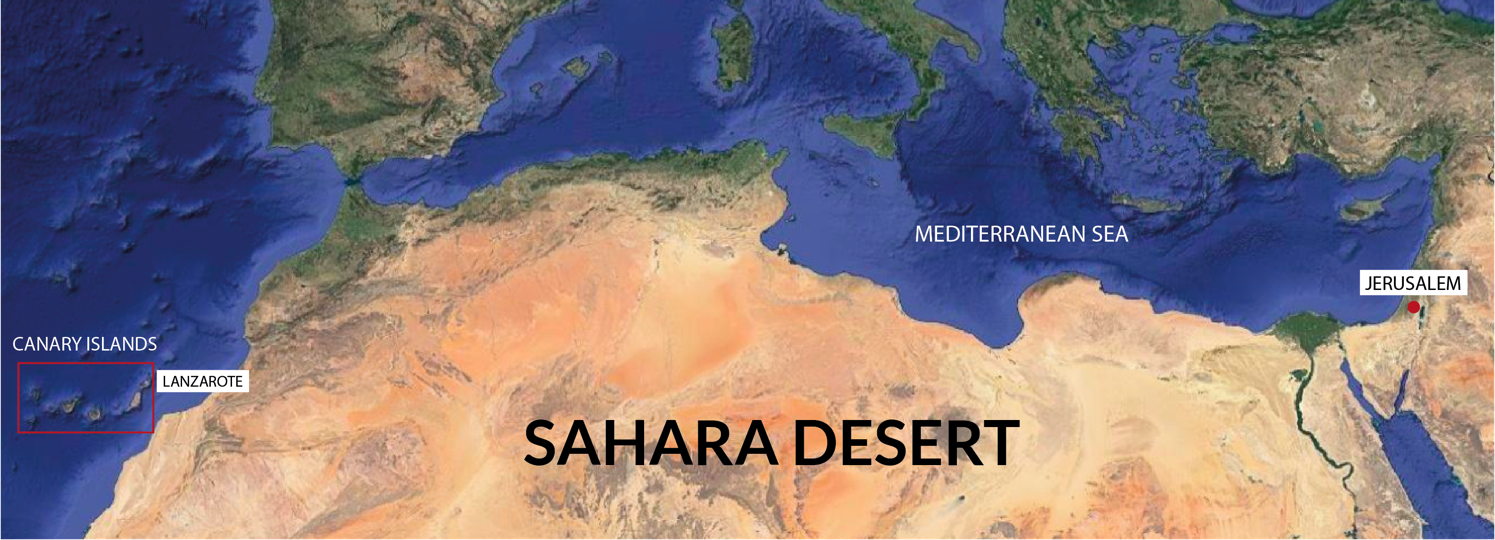Found 3 results
Open Access
Review
02 January 2025Cell-Autonomous and Non-Cell-Autonomous Antiviral Immunity via siRNA-Directed RNAi in Drosophila melanogaster
In Drosophila melanogaster, the siRNA-directed RNAi pathway provides crucial antiviral defenses. Cell-autonomously, Dicer-2 (Dcr-2) recognizes and cleaves viral dsRNA into siRNAs, which are incorporated into the RNA-induced silencing complex (RISC). Argonaute 2 (Ago2) then targets and cleaves viral RNA, preventing replication. Non-cell-autonomously, infected hemocytes secrete exosomes containing viral siRNAs, spreading antiviral signals to other cells. Additionally, tunneling nanotubes can transfer RNAi components between neighboring cells, further enhancing systemic immunity. These findings highlight the sophisticated antiviral strategies in Drosophila, offering insights for broader antiviral research.

Open Access
Review
30 September 2024The Jerusalem Megalithic Rock Calendar Is an Identical Representation to That Found in Lanzarote Island (Canary Islands, Spain)
We have recently found that a megalithic basaltic rock lunisolar calendar in Lanzarote, Canary Islands (“Quesera or Cheeseboard” of Zonzamas) has almost a twin monument in Jerusalem (Al Quds in Arab). These two unique monuments are on the West and East sides of the Sahara Desert and support the hypothesis of a common “Green” Saharan culture and a later migration of people towards the Atlantic, Mediterranean, Middle East and other areas when desiccation started after 10,000 years BC, thus spreading culture and genes. Traces of this culture can still be found in Iberian rock inscriptions on the Canary Islands and in the Sahara Desert, particularly at Tim-Missaou in Algeria.This is concordant with Usko-Mediterranean languages (Basque and Berber are related and also with Iberian and Etruscan), genetics and other common anthropological traits. In this paper, we analyse the Al Quds-Jerusalem megalithic monument as representing a solar calendar of Egyptian-type (365 days in 1 year) and show how it could be identical to the Lanzarote megalithic calendar (“Quesera or Cheeseboard” of Zonzamas). Both monuments,each crest/channel, are coincidental in each solar month assignment in both Lanzarote and Jerusalem rock calendars representation. Jerusalem’s megalithic calendar was built at least 900 years BC, when it fell out of use. Therefore, it can be assumed that the Lanzarote megalithic calendar was constructed around a similar time, meaning an undetermined period over 2800 years ago.

Open Access
Article
15 July 2024Investigation of High Vibration Phenomena in Steam Turbine: An Experimental Exploration into Root Causes and Material Analysis
The steam turbine is a rotating device subject to axial and radial shaft shifts that can induce vibrations during operation. Tools such as monitoring systems and proximity probe sensors are essential to monitoring these vibrations. High vibrations affect the machine’s performance, increasing the risk of malfunctions and reducing its lifespan, and also pose risks to operational and maintenance personnel. The intensified vibrations in the bearing pedestals signify the underlying issues with the machine’s normal operation. Consequently, problems such as rotor imbalance, coupling misalignment, mechanical looseness, material failure, and bent shaft may be caused. In the current study, the latest field-proven automatic diagnostic of rotary equipment (ADRE 408) data acquisition system is installed by Bentley Nevada to investigate the root cause of high vibration. This advanced diagnostic system facilitates a comprehensive assessment, enabling us to effectively identify and address underlying problems. Hence, the current research includes a thorough diagnosis of the underlying problems to attenuate the risks of high vibrations in the steam turbine, coupled with strategic maintenance planning and corrective actions.
